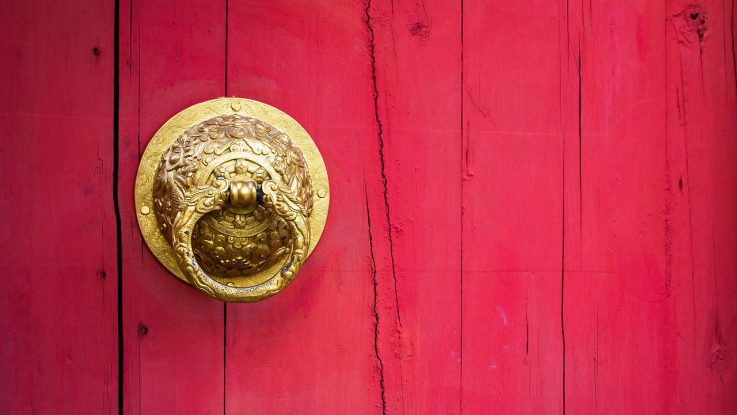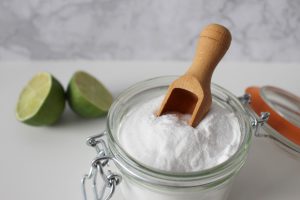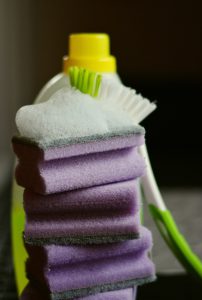
Are you a sucker for vintage decor and antique finds? Do you have a prized possession made of brass that’s been passed down from generation to generation?
Well, it’s time to roll up your sleeves because we’re about to teach you how to clean brass. While these treasures may be stunning to look at, over time, they can lose their shine and collect dirt and grime.
Fear not, because you can restore your antique brass to its former glory with a bit of elbow grease and the right know-how. So grab your cleaning supplies and prepare to make your brass sparkle like it’s brand new.
Brass and Its History

Made by mixing copper and zinc, brass has been the go-to choice for all sorts of extraordinary items like shiny coins, sleek weaponry, and even musical instruments that make your heart sing.
Its history is legendary, dating back to ancient civilizations, such as the Greeks and Romans, who knew a thing or two about making stunning jewelry and coins with brass. The Chinese started using it during the Han Dynasty by crafting beautiful decorative objects.
Fast forward to the Middle Ages, and brass was all around Europe, adorning everything from decorative items to hardcore armor and weapons.
With its gorgeous hue, durability, and malleability, it’s no wonder brass has stood the test of time.
Trouble With Tarnishing

Tarnish is a pesky layer of corrosion that creeps on your favorite brass objects when exposed to air, moisture, and other environmental factors. And corrosion can make brass look dull and lifeless.
Brass tarnishes due to the copper content in the alloy. When copper reacts with oxygen in the air, it releases an inorganic compound called copper oxide, which creates a tarnish.
On the other hand, zinc doesn’t react with oxygen in the same way, which is why pure zinc doesn’t tarnish.
There are plenty of ways to remove tarnish. Some examples include using vinegar, lemon juice, or commercial brass cleaners. Just be careful not to apply too much force, as rough scrubbing may damage the metal’s surface and cause it to lose its patina or finish.
Despite its tendency to tarnish, brass is still the go-to choice for all sorts of awesome things. Its warm golden hue and durability make it popular for home decor, jewelry, and even plumbing fixtures.
Brass Cleaning
To help you clean your brass objects without damaging them, we’ll explain some popular cleaning methods and share tips and tricks.
Lacquered or Not?
Before you choose your go-to cleaning method, you need to play detective and determine if the brass has a protective lacquer coating. The reason for doing so is that lacquered brass needs a different cleaning approach than non-lacquered ones.
To figure it out, carefully inspect your brass and look for a clear, translucent, shiny coating. If you spot one, your brass is lacquered and ready for special treatment. The best cleaning treatments for lacquered brass include gentle soap, water, and specialized brass cleaners.
If you can’t see a transparent layer, your brass item is non-lacquered and needs a different cleaning approach. The best solutions for non-lacquered brass are vinegar, lemon juice, and baking soda.
In the following section, we’ll cover all methods.
Go With a Soft Cloth
When cleaning antique brass, you must be patient and choose a very soft cloth, for example, a microfiber one. Abrasive materials like steel wool and harsh chemicals like bleach are no-go, as they may leave your brass looking worse. So, give your brass some love and keep it scratch-free with a soft touch.
Revive Brass With Vinegar Solution

Time to get your DIY hat on!
If your antique brass is not lacquered, you can whip up a magical vinegar solution to make it shine bright. Mix equal parts vinegar and water in a spray bottle, then spray it onto your brass and give it a good wipe-down with a soft cloth. This potion will remove grime, dust, or tarnish from your brass’s surface and leave it sparkling like brand new.
Lemon Juice and Baking Soda: A DIY Miracle
Try this popular cleaning method that’s incredibly easy to make. First, mix some lemon juice and baking soda to create a paste, then rub it gently on your tarnished brass using a soft cloth. Let it work its magic for a few minutes, then rinse it off with warm water.
Since the lemon juice is acidic, it’ll break down any gunk on the brass, while the baking soda acts as a gentle scrubber that can remove it. Before you know it, your antique brass will look fresh and clean.
Gentle Soap and Water: Perfect for Cleaning Lacquered Brass
When cleaning lacquered brass, you’ll want to be gentle and use a mild soap and water combo. Mix a mild soap with water, dip a soft cloth into the sudsy solution, and give your brass a good wipe-down. Avoid being too rough or harsh, as you may damage the delicate lacquer coating and leave your brass looking worse.
Get Your Antique Brass Shining with Brass Cleaner

Time to make your brass sparkle. You can use the brass cleaner as your method of choice for the whole cleaning process or as a final touch.
Regardless of what cleaning method you choose, use a brass cleaner and polish your piece after cleaning.
Grab a cloth, apply a bit of the brass cleaner, and start rubbing gently and circularly. You’ll see how your brass it’s slowly regaining its shine. As a last step, whip away any leftover cleaner with a dry cloth to leave your brass looking its best.
You don’t want to ruin your precious antique brass with the wrong cleaner. So, choosing a gentle solution that won’t cause any damage or rub off the patina is crucial. Look for brass cleaners formulated explicitly for delicate surfaces or antiques.
Brass Metal Polish, Wright’s Brass Polish, and Maas Metal Polish are excellent options. Remember to carefully read the label and instructions before using any brass cleaner to ensure it fits your antique brass correctly.
Let the Experts Handle Your Item With Pro Finesse
You don’t want your brass tarnished, but you are too scared to take a risk with DIY solutions? Let the pros handle your delicate brass items and save yourself from a DIY disaster. With their top-notch skills and tools, your precious pieces will sparkle like never before.
Conclusion
If you followed our instructions to the letter, we do not doubt that you’ve successfully cleaned and transformed your antique brass into a shining masterpiece. Whether you’ve used lemon juice and baking soda or commercial brass cleaner, the result is the same: a beautiful piece that will continue to dazzle for years to come.
Remember always to handle your antique brass carefully and be gentle when cleaning to avoid any damage.

Leave a Reply